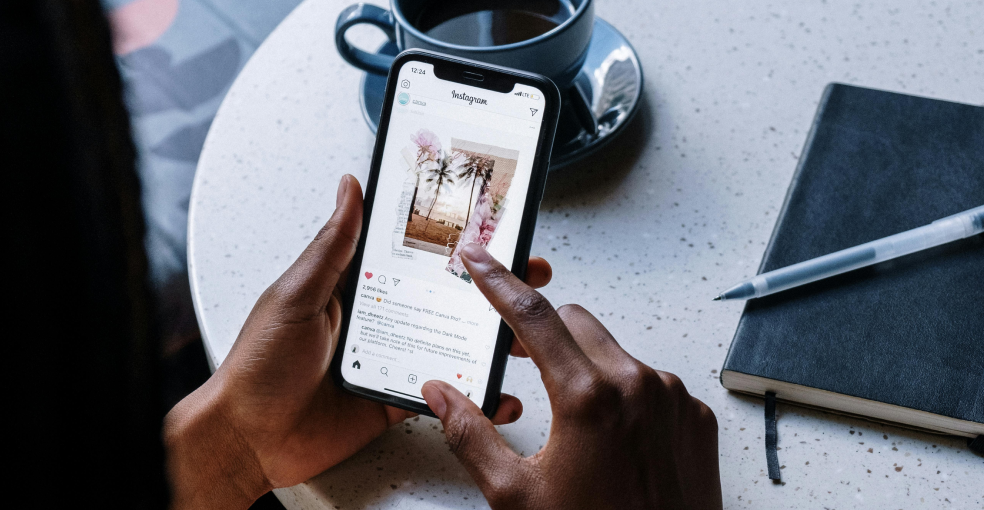Recent data modeling for a multi-location medspa client confirmed what’s often assumed but rarely quantified: Organic social performance is materially contributing to new client acquisition and bookings - beyond what paid media alone can deliver, despite not often being trackable.
Factoring in Social = Higher Performance Projections
When we compared paid media performance with and without organic social metrics included, we saw a clear lift: projected new client volume increased by over 80% when factoring in Instagram and TikTok reach into the model. In other words, organic social efforts’ impact on total weekly acquisition volume would have been missed by looking at paid performance alone.
Even at higher spend levels, paid media returns began to flatten. Organic reach was the only input that continued scaling efficiently week-over-week.
The Attribution Gap
Despite this, Organic Social is often undervalued in reporting. If prospective clients don’t convert using an influencer’s promo code or click a specific trackable link in a brand’s social bios or stories, that engagement typically goes uncounted.
The modeling revealed that when Organic Social metrics were included, predictions for bookings and new clients better aligned with actual results—capturing influence that redemptions and last-click attribution typically miss.
Data Modeling Approach:
A double-log linear regression model was used to assess the influence of both paid inputs (spend, impressions, clicks, purchases) and Organic Social metrics (Instagram/TikTok followers, weekly views). We applied this to weekly data across all locations and evaluated four KPIs:
- New Clients
- Total Bookings
- Online Bookings
- Completed Appointments
Including Organic Social significantly improved the model’s explanatory power—particularly for New Clients and Online Bookings, where it drove the largest gains.

Figure 1. Expected New Clients for Total Ad Spend model and Total Ad Spend + Organic Socials model against actual New Clients by week. When modeling Ad Spend vs. Ad Spend + Organic Social, the latter is trending much closer to actual results, which tells us that organic social has a very close impact/correlation to new client acquisition metrics.

Figure 2. Delta between expected New Clients and actual New Clients for both models. The higher the line, the more there's a delta between expected new clients. The Total Ad Spend Model Prediction is meeting new client trends more than solely Ad Spend.
Growth Impact with Organic Social:
- New Clients: Projected volume increased by 81% with Organic Social factored into the model
- Total Bookings: Projected lift of 84%, with growth aligned to spikes in Instagram and TikTok activity
- Online Bookings: 90% lift in expected volume, showing a strong tie between social engagement and conversion
- Completed Appointments showed more muted impact, pointing to opportunities to improve post-booking retention.
What This Means for Your Marketing Strategy:
- Organic Social has potential for the most scalable lever for incremental growth.
- Influencer and organic content can help drive conversions that aren't always captured in traditional attribution.
- Relying solely on unique promo codes and UTM links underestimates the full business impact of social media efforts.
- Organic Social is playing an active role in bridging the gap between current performance and future growth goals.
For brands looking to scale efficiently, grow audience reach, and improve paid media results, organic social and influencer content should be treated as a core part of your performance mix, even when attribution tools fall short.
Want to turn your social content into revenue?
👉 Contact us today to learn how we can accelerate your social presence to meet your business’ growth goals.
